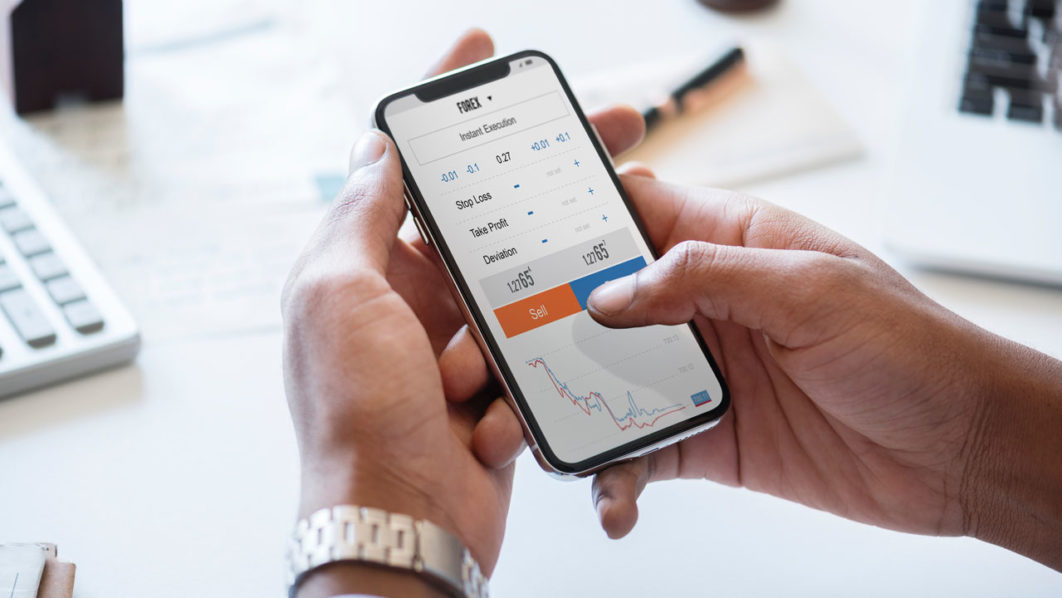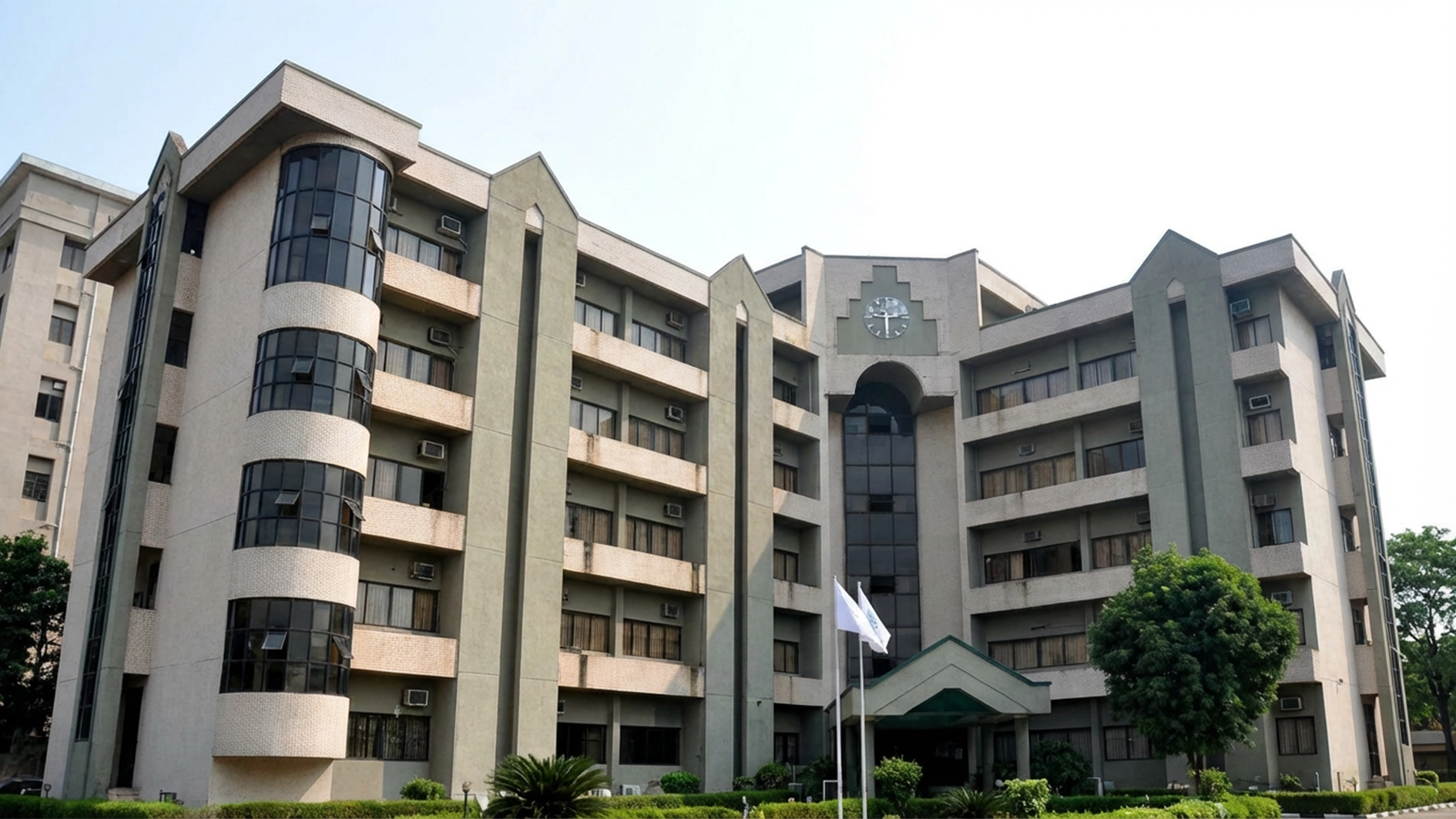
In Nigeria’s rapidly evolving digital landscape, more and more traders are relying on their go-to forex trading app to stay on top of market movements and seize profitable opportunities. The competition in the trading space is fierce, and it’s no surprise that traders here demand high-performing, feature-rich applications that can move just as fast as the currency pairs they trade. For developers and fintech enthusiasts, the challenge is creating apps that deliver real-time updates, low-latency performance, and robust functionality across multiple platforms—no matter what operating system or device a Nigerian trader is using. If you’re looking to up your game and ensure your cross-platform forex trading application runs seamlessly, you’ve landed on the right page.
Why Cross-Platform Optimization Matters for Forex Traders
The concept of cross-platform optimization isn’t just a developer’s buzzword—it’s a necessity for advanced-level traders who can’t afford downtime or slow trade executions. When you’re dealing with the forex market, even a few milliseconds can make or break a trading opportunity. An app that’s well-optimized across devices can deliver near-instant order execution, ensuring that traders can lock in profits (or minimize losses) right when they need to.
In Nigeria, many market participants toggle between smartphones and laptops throughout the day. One moment, a trader may be at home analyzing charts on a big-screen Windows setup, and the next, they might be at a local café using an iPhone to check open positions. A cross-platform app that maintains consistent UI elements, dependable functionality, and near-real-time data streaming allows advanced traders to focus on strategy rather than software glitches.
Choosing the Right Frameworks and Technologies
To get real performance boosts, it’s essential to choose frameworks and technologies designed for cross-platform development. Tools like React Native, Flutter, and Xamarin have been game-changers, allowing developers to create a single codebase and deploy it across multiple OS environments. However, the magic only happens if you optimize these frameworks for heavy data loads, real-time market feeds, and robust security protocols—key requirements for any advanced-level forex trading app.
Low-Latency Data Processing and Real-Time Updates
In forex trading, the difference between a sub-second response and a two-second delay can be huge. When you’re targeting Nigerian traders—who often juggle tight schedules and sometimes limited connectivity—you’ll want to minimize lag to the absolute bare minimum. Achieving low-latency data processing requires:
- Efficient Protocols: Using WebSockets or MQTT over more traditional methods like HTTP polling can significantly cut down on latency. WebSockets keep an open connection that allows real-time data flow between the client and the server.
- Local CDN Servers: Distributing servers closer to the majority of Nigerian users can speed up data delivery. Even though Nigeria’s data center network isn’t as extensive as in some Western countries, leveraging local CDN or edge servers, when available, can markedly reduce lag times.
- Cloud Infrastructure: Platforms like AWS, Azure, or Google Cloud with regions close to Africa can also help. Minimizing the geographical distance between your servers and end-users is one of the most direct ways to improve performance.
By combining efficient communication protocols with strategic infrastructure placement, your forex trading application can maintain real-time feeds and near-instant order execution—big pluses for pro-level traders in Nigeria.
Memory and CPU Optimization for Resource-Constrained Devices
Not every Nigerian trader is rocking the latest iPhone or a high-end gaming PC. Devices might vary widely in specs and performance capabilities. If you’re serious about delivering seamless performance across the board, you need to optimize memory usage and CPU load for a spectrum of hardware configurations.
- Avoid Overloading with Unnecessary Features: While advanced traders appreciate extras, loading too many add-ons can slow down the core trading functionality. Focus on streamlined charting tools, robust analytics, and essential risk management features that traders truly need.
- Code-Level Optimization: Profiling tools help isolate memory leaks or CPU hotspots, letting you refine your code. Eliminating redundant processes can free up resources, making your app nimble on mid-range or budget devices, which remain popular in Nigeria.
- Efficient Rendering: If you’re using cross-platform frameworks, ensure that UI components are optimized to prevent unnecessary re-renders. This avoids draining device resources and helps maintain responsiveness even when users switch between multiple app features.
The goal is to deliver a light, fast, and feature-rich application that appeals to Nigerian traders across different income brackets—without sacrificing advanced capabilities.
Robust Security Measures for Trust and Compliance
With Nigeria’s Central Bank constantly updating regulations and guidelines, security and compliance are not optional. Advanced traders want reassurance that their funds and personal data are safe. When creating a cross-platform solution, security layers should be woven into the fabric of your application—from the network protocol to local data storage on a user’s device.
- Encryption Everywhere: Deploy end-to-end encryption for data at rest and in transit, ensuring that local storage is secure even if a device is compromised.
- Multi-Factor Authentication (MFA): Given the high stakes, adding extra authentication steps isn’t just a bonus—it’s practically a must.
- Regulatory Requirements: Comply with relevant guidelines set by the Central Bank of Nigeria and other financial authorities. Meeting local KYC (Know Your Customer) and AML (Anti-Money Laundering) regulations can help ensure your trading platform maintains credibility with Nigerian investors.
Proper security builds trust, which is crucial for user retention in a high-risk environment like forex trading. And since advanced traders typically have bigger capital and place heavier trades, trust becomes even more vital.
Load Testing and Ongoing Performance Monitoring
Optimization isn’t a “set it and forget it” deal—especially in the forex world. Currency volatility, market news, and major economic events can trigger massive surges in trading volume. Nigerian traders, much like their global counterparts, pile into positions when big moves happen. If your system isn’t ready for these traffic spikes, you risk sluggish performance or even downtime, which could drive your users straight to a competitor.
Continuous load testing is the name of the game. This involves simulating high-stress scenarios, like sudden data influx or a burst of simultaneous order placements, to see where your system might crack. Tracking metrics—like average response time, server CPU usage, or memory consumption—can pinpoint bottlenecks before they become user-facing problems. Monitoring tools such as Datadog, New Relic, or custom dashboards also help you observe real-time performance, making it easier to detect anomalies early and execute fixes quickly.
Final Words
The future of forex trading in Nigeria is shaping up to be even more vibrant. New entrants, evolving regulations, and rapid tech developments are fueling an ecosystem where only the strongest, most reliable apps can thrive. Nigerian traders are hungry for platforms that offer deeper analytics, AI-driven insights, and powerful automation features—across all their favorite devices. If you can deliver a cross-platform experience that is seamless, secure, and optimized for fluctuating local network conditions, you’ll be setting yourself apart in a market teeming with potential.






